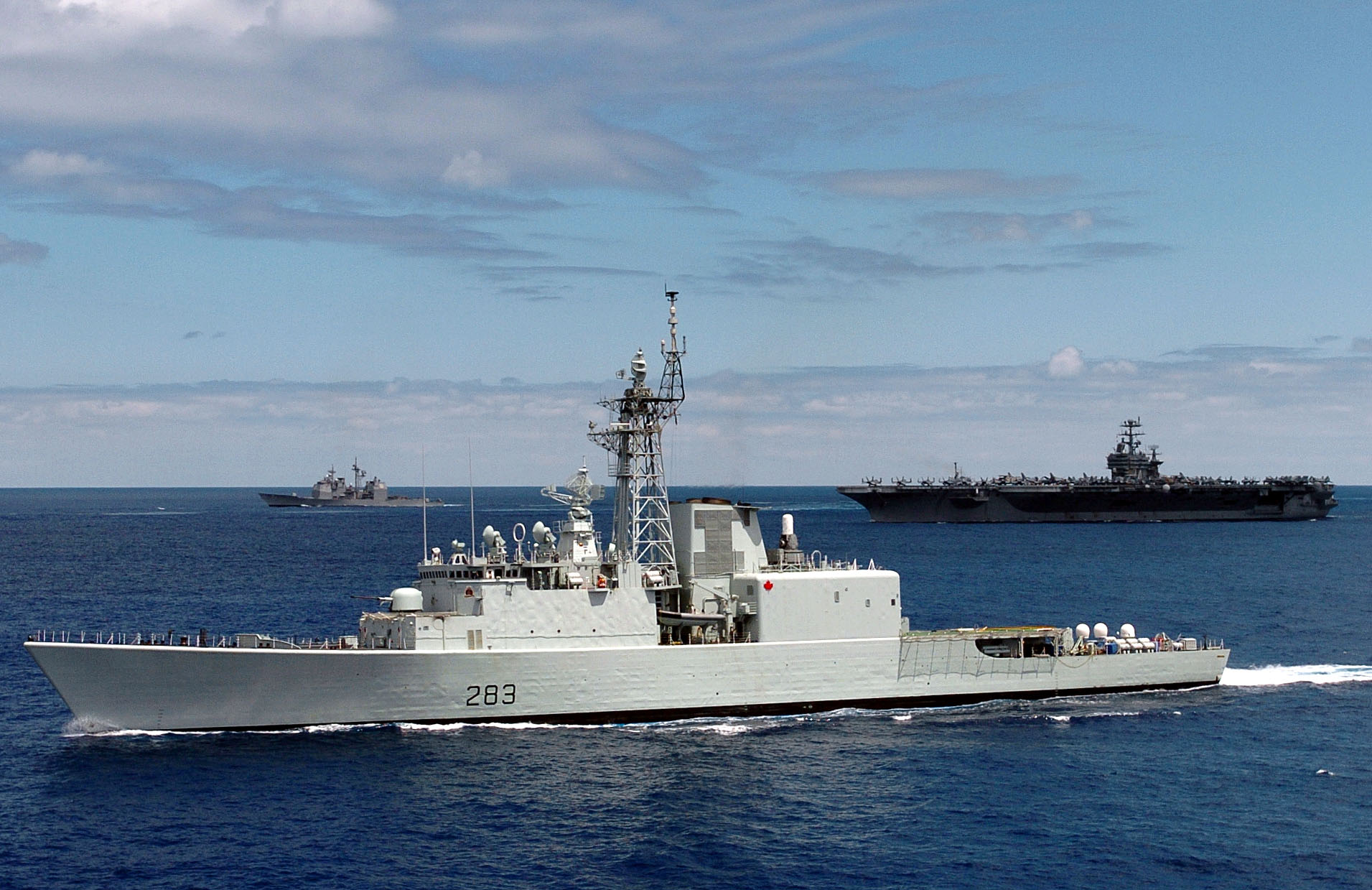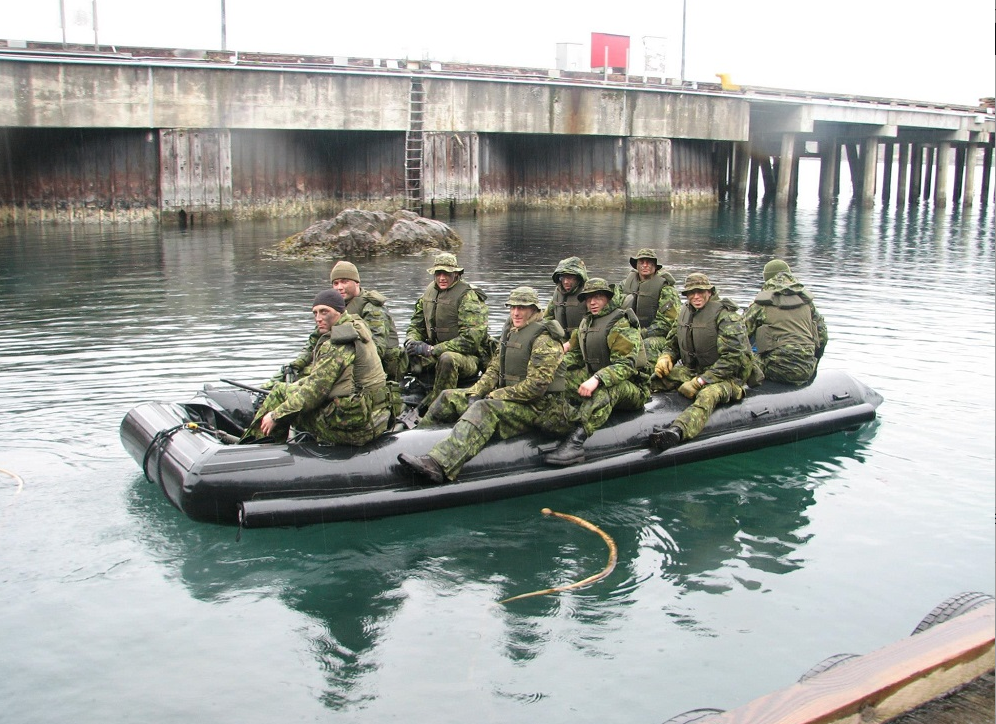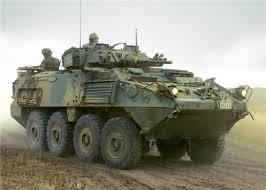On June 23, 2016, the mantle of Chief of the Naval Staff and Commander of the Royal Canadian Navy (RCN) will pass to Vice Admiral Ron Lloyd. He will succeed Vice Admiral Mark Norman, who has served as the RCN’s commanding officer since June 2013 and has been appointed Vice Chief of the Defence Staff. This comes a month after the RCN marked 106 years of service and in the midst of Rim of the Pacific Exercise (RIMPAC), the world’s largest naval exercise.
But this change of command also takes place at a pivotal moment for Canada’s maritime forces. Just two weeks before the ceremony in which VAdm Lloyd took command of the RCN, Irving Shipbuilding’s facility in Halifax laid the keel of HMCS Harry DeWolf, the first of Canada’s anticipated Arctic Offshore Patrol Ships (AOPS). By the time VAdm Lloyd completes his term, the RCN will have four out of the planned six vessels of this class and an unprecedented presence in the Arctic.
But the RCN is otherwise faced with a severe crisis over fleet modernization. It is unclear whether new surface combatant vessels will be ready in time to replace Canada’s aging Halifax-class frigates and sole remaining Iroquois-class destroyer. The Kingston-class coastal defence vessels are nearing the end of their operational lives, and the RCN has been forced to lease supply ships from Spain and Chile while the Queenston-class auxiliary ships are built in hopes of their entering service in 2019. Beyond this, continued troubles with Canada’s fleet of Victoria-class diesel-electric submarines confront policymakers with the question of whether to further invest in the vessels or scrap the fleet entirely.
VAdm Lloyd will lead the RCN at a time when the fundamental nature of the force is undergoing transition. He will have to work quickly with Canadian policymakers to define a strategic vision for the RCN to pursue, such as whether the RCN of the early to mid-21st century will be an expeditionary force or one which is exclusively concerned with the defence of Canada’s territorial waters. If it is to be the former, drastic action will need to be taken to preserve what limited expeditionary capabilities the RCN retains with so many aged ships.
Fortunately, the new Commander of the RCN has the experience and background necessary to meet these challenges and excel. In his 31-year career as a naval officer, VAdm Lloyd commanded Canadian Fleet Atlantic in 2008, Canadian Fleet Pacific in 2009, and has served as Chief of Force Development since July 2010. More recently, he has also served as Deputy Commander of the RCN alongside VAdm Norman. As such, he has already begun grappling with the RCN’s fleet modernization and expansion challenges. He has also commanded RCN vessels in combat theatres, such as his leadership aboard HMCS Charlottetown, one of Canada’s Halifax-class frigates, in the Persian Gulf in 2000.
Given his background as a frigate captain, the new Liberal government may well have tapped VAdm Lloyd to steer the process of selecting a new surface combatant design. According to recent comments by federal government officials, this new vessel design will be purchased ‘off the shelf’ rather than being developed specifically for the RCN, potentially bringing up the date of construction for the first ship from 2021 to 2019.
VAdm Lloyd will have many opportunities to leave his mark, and an enduring one at that, upon Canada’s maritime forces. Bringing along his officers and sailors, as well as policymakers and the public, on this course change will perhaps be the greatest challenge of the next three years.
Photo: HMCS Algonquin operating in formation with the US Navy aircraft carrier USS John C. Stennis and a Ticonderoga-class cruiser (2004), by 2nd Class Jaymes Pastoric via Wikipedia. Public Domain.
Disclaimer: Any views or opinions expressed in articles are solely those of the authors and do not necessarily represent the views of the NATO Association of Canada.




